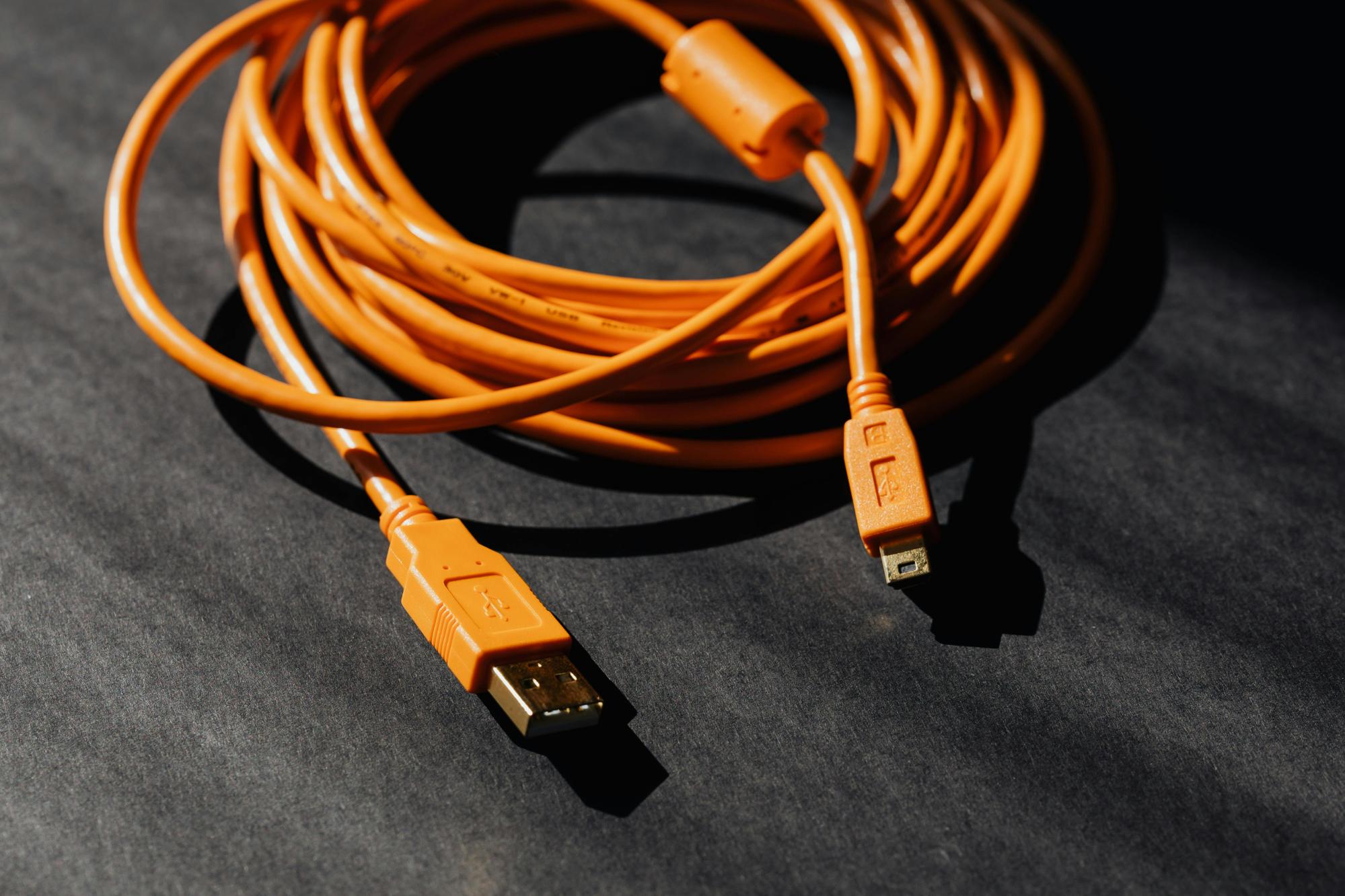How to Plug in Firestick to Laptop: A Comprehensive Guide
Introduction
Connecting an Amazon Firestick to a laptop might seem daunting at first, but it's a valuable skill that adds flexibility to your media consumption. Whether you want to stream your favorite movies on a larger screen or use your laptop as a second display, this comprehensive guide will walk you through the process step-by-step. From required hardware and software to troubleshooting common issues, you'll have everything you need to make this connection seamlessly. So, let's dive in and get started!

Requirements and Preparations
Before we connect the Firestick to your laptop, certain requirements and preparations should be in place.
Essential Hardware Tools
First, gather all the necessary hardware:
- Amazon Firestick: Ensure it’s in good working condition.
- HDMI Capture Card: Required for laptops without an HDMI input.
- HDMI Cable: Connects your Firestick to the capture card or laptop.
- USB Power Source: For powering your Firestick.
- Laptop: Make sure it has an adequate processing capability for video streaming.
Necessary Software Installations
- VLC Media Player: This open-source software is essential for viewing the Firestick on your laptop screen.
- OBS Studio: This streaming software can serve as an alternative to VLC for capturing and displaying video input.
- Amazon Firestick App: Optional but useful for remote controls and easier setup.
Once both the hardware and software are prepared, we can proceed with setting up the Amazon Firestick.
Setting Up Amazon Firestick
Out-of-the-Box Configuration
To start, unbox your Amazon Firestick. Plug it into the HDMI port of your capture card or adapter and connect it to a power source using the provided USB cable.
Initial Internet Connection Setup
- Power on the Firestick by holding the home button on the remote.
- Follow the on-screen instructions to connect the Firestick to your Wi-Fi network.
- Complete any necessary software updates for the Firestick.
After these steps, your Firestick is ready to be plugged into your laptop.
Connecting Firestick to Laptop via HDMI
HDMI Capture Card Method
For those whose laptops lack an HDMI input, an HDMI capture card is the most straightforward solution:
- Connect the Firestick to the capture card via an HDMI cable.
- Plug the capture card into your laptop’s USB port.
Alternative HDMI Adapter Options
If you prefer not to use a capture card, some USB-to-HDMI adapters can also work. However, compatibility may vary:
- Plug the Firestick into the HDMI input of the adapter.
- Connect the adapter to your laptop’s USB port.
Step-by-Step Connection Guide
- Plug the HDMI end of the Firestick into the HDMI capture card.
- Insert the capture card into the USB port of your laptop.
- Open VLC or OBS Studio software on your laptop.
- Add a new video input source within the software settings.
- Select the HDMI capture card as the video source.
By following these steps, your Firestick’s screen should appear on your laptop display. You are now ready to use your Firestick through your laptop.

Using Wireless Display Options
If connecting via HDMI isn’t feasible, screen mirroring offers a wireless alternative.
Screen Mirroring Setup
- Windows 10/11: Open Settings > System > Display > Connect to a wireless display.
- Mac: Use AirPlay options available in system preferences.
Adjusting Display Settings for Best Performance
Once mirrored, adjust the display settings for the best visual experience:
- Set the resolution to match your display capabilities.
- Adjust brightness and contrast through your laptop settings.
This method allows you to wirelessly stream content from the Firestick to your laptop, providing greater flexibility.

Optimizing Video and Audio Settings
Adjusting Video Output
Navigate to Amazon Firestick’s settings to optimize video quality:
- Go to Settings > Display & Sounds > Display.
- Choose the highest resolution compatible with your laptop.
Configuring Audio Settings
Ensure optimal sound quality by adjusting the audio settings:
- Go to Settings > Display & Sounds > Audio.
- Select 'Dolby Digital' for the best audio experience.
Properly setting up these configurations will enhance your viewing and listening experience.
Troubleshooting Common Issues
Despite careful setup, you may encounter issues. Here’s how to resolve them.
Fixing Connection Problems
- Check Connections: Ensure all cables are securely plugged in.
- Restart Devices: Often, rebooting your laptop and Firestick solves connectivity issues.
Resolving Display Issues
- Update Drivers: Ensure your laptop’s video drivers are up-to-date.
- Adjust Display Settings: Revisit your settings and ensure correct input sources are selected.
These troubleshooting steps should resolve most common problems.
Conclusion
Connecting a Firestick to your laptop opens up a world of media possibilities. Whether through direct HDMI connection or wireless display, knowing how to set this up ensures you get the most from your devices. Follow this guide step-by-step, and you’ll be a pro in no time.
Frequently Asked Questions
Can I connect Firestick to any laptop?
Most modern laptops support this, particularly if you use a capture card or wireless display options.
Do I need additional software to use Firestick on my laptop?
Yes, software like VLC or OBS Studio is necessary for video input.
What should I do if my laptop doesn’t have an HDMI input?
Use an HDMI capture card or an alternative USB-to-HDMI adapter.



